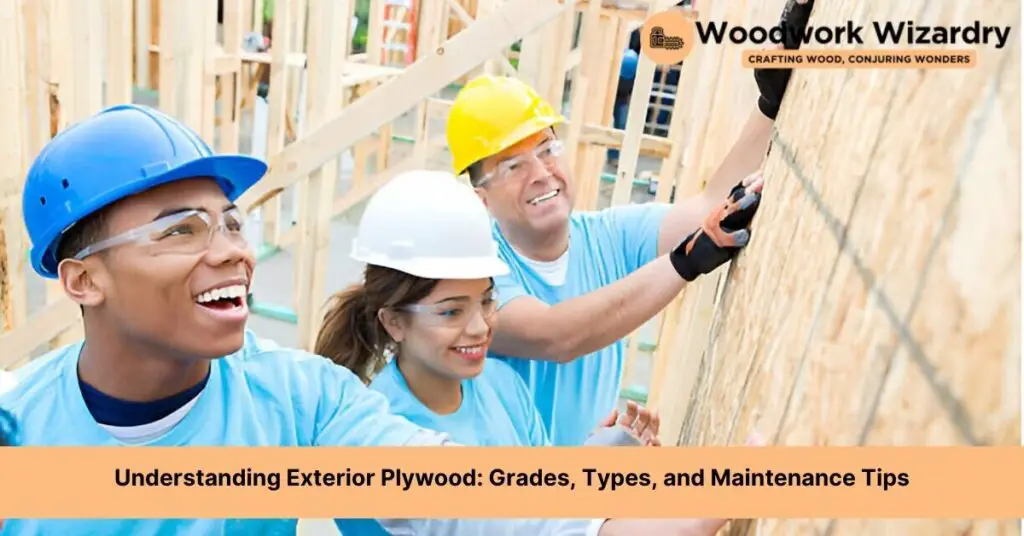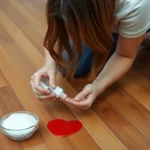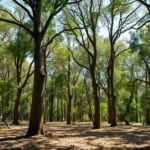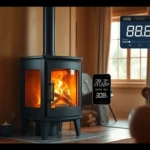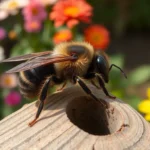When we think about building or renovating our outdoor spaces, the materials we choose are crucial for ensuring longevity and durability. Among the myriad of options, one stands out for its versatility and strength: exterior plywood. But what exactly is it, and why do we keep hearing about it in the realms of construction and DIY projects?
Exterior plywood isn’t just any ordinary wood. It’s a powerhouse in the world of building materials, designed to withstand the elements with grace. Whether it’s the scorching sun, relentless rain, or the occasional snow, this material holds its own, making it a favorite among professionals and hobbyists alike. Let’s dive into the world of exterior plywood, exploring its unique properties and why it’s become a go-to choice for outdoor projects.
Understanding Exterior Plywood
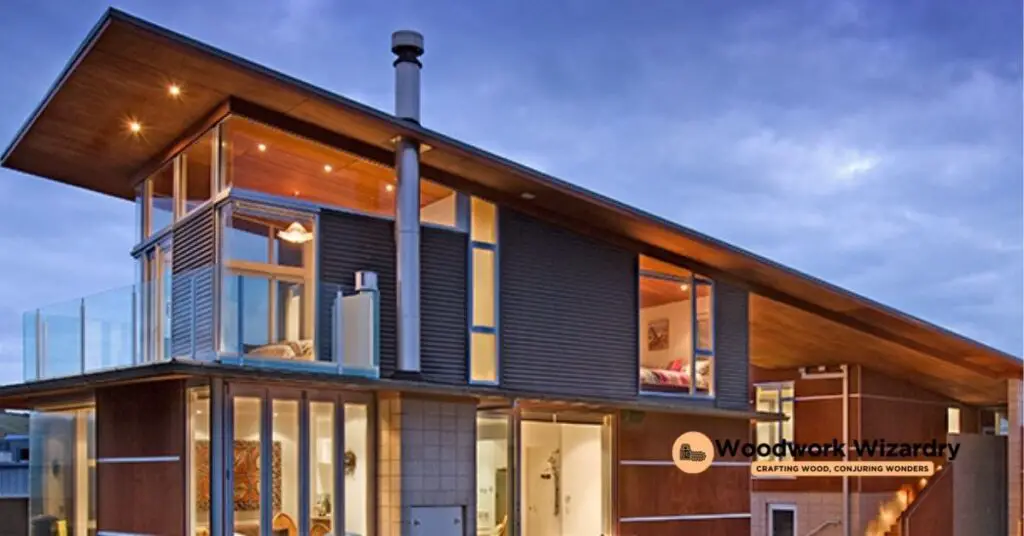
Exterior plywood, a staple in outdoor construction and renovation projects, stands out for its durability and versatility. Its unique composition and manufacturing process make it well-suited to withstand various weather conditions, from heavy rains to scorching sun. In this section, we dive into what makes exterior plywood an excellent choice for outdoor applications.
Composed of several layers of wood veneers bonded together with waterproof adhesive, exterior plywood offers exceptional strength and resistance against warping, cracking, and moisture. These layers, known as plies, are arranged with their grain directions alternating, a technique that enhances the plywood’s structural integrity.
The type of wood used in the veneers also plays a significant role in the plywood’s characteristics. Common species include Douglas fir, birch, and pine, each contributing to the final product’s durability and appearance. Moreover, the outer layers are treated with a waterproof sealant, further enhancing their resistance to moisture and decay.
Exterior plywood comes in various grades, reflecting the quality and appearance of the surface veneers. For projects where aesthetics are a priority, higher-grade plywood with smoother, more uniform surfaces is ideal. Conversely, for purely structural or utilitarian applications, lower grades with visible knots and irregularities offer a cost-effective solution.
One of the key advantages of exterior plywood is its versatility. It can be used in a wide range of outdoor projects, including decking, sheds, outdoor furniture, and more. Its ability to withstand environmental stressors without significant deterioration makes it a reliable choice for builders and DIY enthusiasts alike.
Given its impressive qualities, it’s clear why exterior plywood is a popular choice for those venturing into outdoor construction and renovation projects. Its blend of strength, moisture resistance, and versatility makes it an indispensable material in the realm of exterior building applications.
Key Features of Exterior Plywood
Exterior plywood stands out as an exceptional choice for a variety of outdoor construction and renovation projects, thanks to its unique set of features catered to withstand the elements. In this section, we dive into the characteristics that make exterior plywood a dependable material for outdoor use.
Resilience to Moisture: One of the hallmark features of exterior plywood is its resistance to moisture. The layers of wood veneers are bonded together using waterproof adhesives, ensuring that the material remains durable even when exposed to rain or humidity. This characteristic, in turn, prevents warping and cracking, maintaining the structural integrity of the plywood over time.
Weather and Decay Resistance: Exterior plywood is engineered to stand up against harsh weather conditions, including extreme sunlight, heavy rain, and temperature fluctuations. A waterproof sealant applied to its surface provides an additional layer of protection, enhancing its resistance to decay and fungal growth. This makes it an ideal choice for outdoor applications where exposure to the elements is a constant challenge.
Variety of Wood Species: The strength and aesthetic appeal of exterior plywood are significantly influenced by the type of wood used in its construction. Popular choices include Douglas fir, known for its exceptional strength and durability, and birch, which offers a visually appealing grain pattern. The selection of wood species allows for customization based on performance and appearance requirements.
Versatility and Structural Use: Exterior plywood’s versatility cannot be overstated. Available in various grades, it caters to both aesthetic and structural needs in outdoor construction projects. Whether it’s for decking, outdoor furniture, or even exterior walls, this plywood can be tailored to meet specific demands, providing a balance of beauty and functionality.
By combining these key features, exterior plywood emerges as a superior material choice for outdoor projects. Its ability to resist moisture, withstand varying weather conditions, and offer versatility makes it indispensable in achieving long-lasting, durable, and aesthetically pleasing outcomes in construction and renovation endeavors.
How Exterior Plywood Is Made
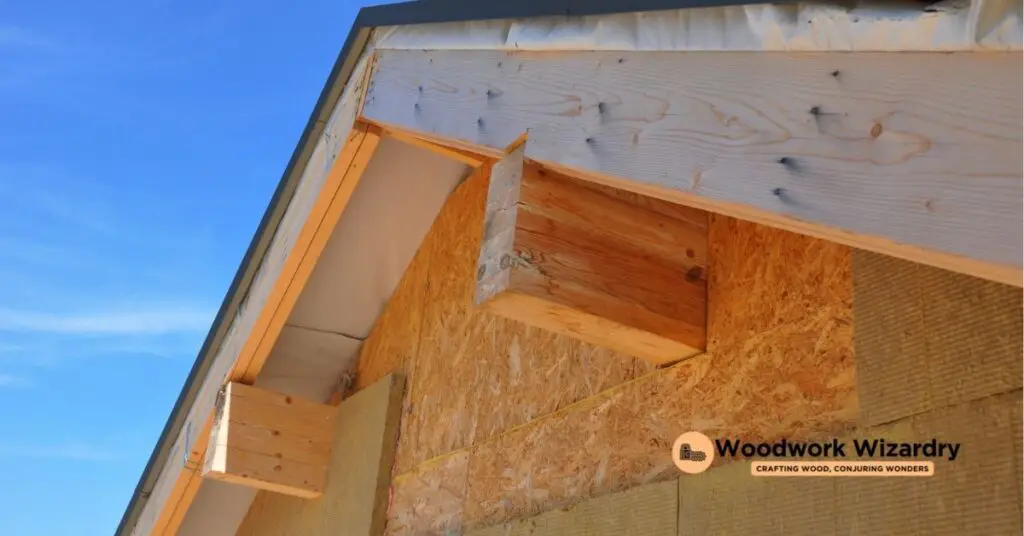
In discussing how exterior plywood is crafted, it’s crucial to understand the process that gives it its notable durability and weather resistance. Exterior plywood begins its journey with the selection of wood species. Manufacturers often choose woods like Douglas fir, birch, or pine for their stability and durability. Following the selection, the wood undergoes a peeling process, where it’s cut into thin veneer layers. These layers are fundamental to the plywood’s structure, providing the base for its strength and flexibility.
The next step involves arranging these wood veneers in a cross-grained pattern. This technique involves placing each layer of veneer perpendicular to the previous, enhancing the plywood’s stability and reducing the risk of splitting when nailed at the edges. After the veneers are arranged, they’re bonded together using a waterproof adhesive. This adhesive is what sets exterior plywood apart, enabling it to withstand exposure to moisture without delaminating.
Under intense pressure and heat, the layers are fused together, creating a single, solid sheet. This consolidation process not only strengthens the bond between the veneers but also ensures that the plywood holds up against various environmental stresses.
To further enhance its resistance to moisture and decay, the plywood sheet is treated with a waterproof sealant. This sealant acts as a barrier, protecting the plywood from water penetration and extending its longevity, especially in outdoor applications.
Manufacturers then cut the consolidated sheets into standard sizes, ready for distribution and use in construction projects. The result is a robust, versatile, and moisture-resistant material, designed explicitly for exterior uses. Our journey through how exterior plywood is made highlights its meticulous crafting process, aiming to meet the demands of diverse outdoor projects with longevity and aesthetic appeal in mind.
Common Uses of Exterior Plywood
As we’ve explored the durability and versatility of exterior plywood, it’s clear this material stands out for outdoor constructions. Its robust nature, stemming from the specific engineering process involving waterproof adhesives and a cross-grained pattern, makes it ideal for various applications. Let’s delve into some of the most common uses of exterior plywood, underscoring its adaptability and strength in facing the elements.
- Outdoor Furniture: Exterior plywood proves to be an excellent choice for creating outdoor furniture. Tables, chairs, and benches made from this material not only withstand weather changes but also add a natural, aesthetic appeal to garden and patio settings.
- Shed and Garage Walls: For those looking to construct or revamp their sheds or garages, exterior plywood serves as an ideal wall material. Its moisture resistance ensures the longevity of the structure, protecting it from decaying over time.
- Decking and Fencing: Decking and fencing projects benefit greatly from the use of exterior plywood. Its ability to resist warping and swelling makes it a preferred choice, maintaining the integrity and appearance of decks and fences year-round.
- Signage: Durable and weather-resistant, exterior plywood is often selected for outdoor signage. It provides a stable base that can endure the elements, ensuring signs remain visible and intact for longer periods.
- Boat Building: Although specialized marine plywood is commonly used for boat building, exterior plywood still finds its way into the construction of small boats and parts of larger vessels that are not constantly submerged in water, thanks to its water-resistant properties.
In these common applications, exterior plywood’s core attributes—moisture resistance, durability, and aesthetic versatility—shine through. Whether it’s upgrading outdoor living spaces, constructing resilient outdoor structures, or crafting signs that stand the test of time, exterior plywood plays a critical role. Its widespread use in various projects highlights its indispensable value in achieving lasting and visually appealing outcomes in outdoor construction and design.
Choosing the Right Exterior Plywood
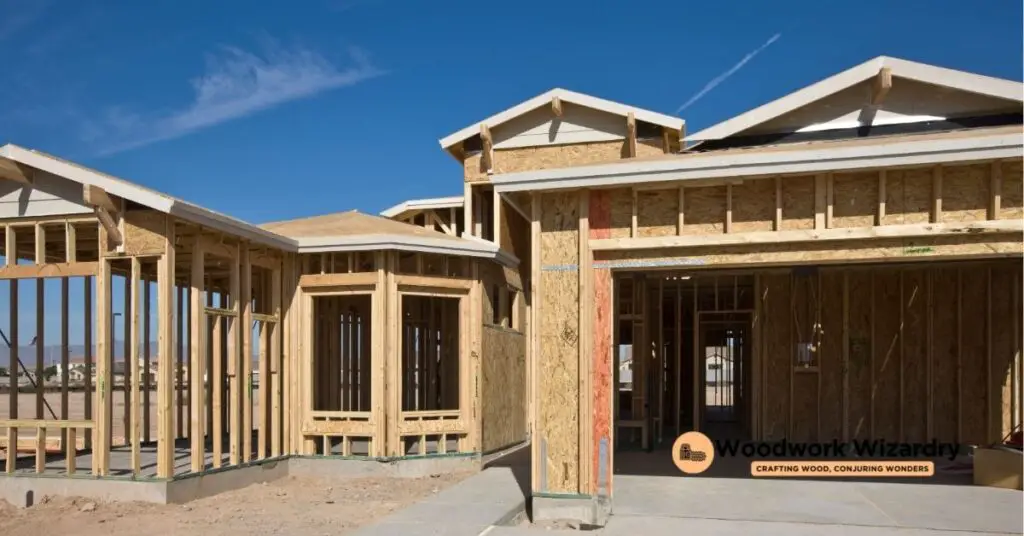
Selecting the best exterior plywood for your project hinges on understanding key factors such as grade, size, and type of wood. Each plays a crucial role in ensuring the plywood meets your outdoor construction needs effectively.
Identify the Grade
First and foremost, look at the plywood’s grade. Grades A and B offer the best surface appearance, ideal for projects where aesthetics are a priority. Grade C and D, while less visually appealing, provide a cost-effective solution for underlayment or where the plywood won’t be visible.
Consider the Size and Thickness
Size and thickness also demand attention. Exterior plywood panels typically come in 4×8 feet sheets, but thickness can vary. Deciding on thickness depends on the structural demands of your project. For instance, thicker panels, ranging from 1/2 inch to 3/4 inch, are suitable for decking or flooring, providing ample support.
Choose the Right Wood Type
The type of wood is another vital selection criterion. Different wood types offer varying levels of moisture resistance, durability, and price points. Douglas fir and Southern yellow pine are popular for their strength and affordability. Meanwhile, teak and mahogany, though more expensive, excel in resistance to decay and possess a more refined look, making them perfect for visible surfaces like outdoor furniture or decorative pieces.
Factor in the Adhesive Used
Pay attention to the adhesive used to bond the veneer layers. Exterior plywood should always use waterproof glue, ensuring longevity and durability, especially in environments exposed to moisture.
Application Matters
Lastly, consider the specific application of the plywood within your project. For structural projects or areas directly exposed to the elements, opt for higher-grade plywood with stronger, more durable woods and thicker panels. For cosmetic applications, prioritize appearance and choose accordingly.
By taking these factors into account, we ensure our selection of exterior plywood aligns not only with the structural needs of our project but also with our aesthetic desires and budget considerations.
Maintenance and Care
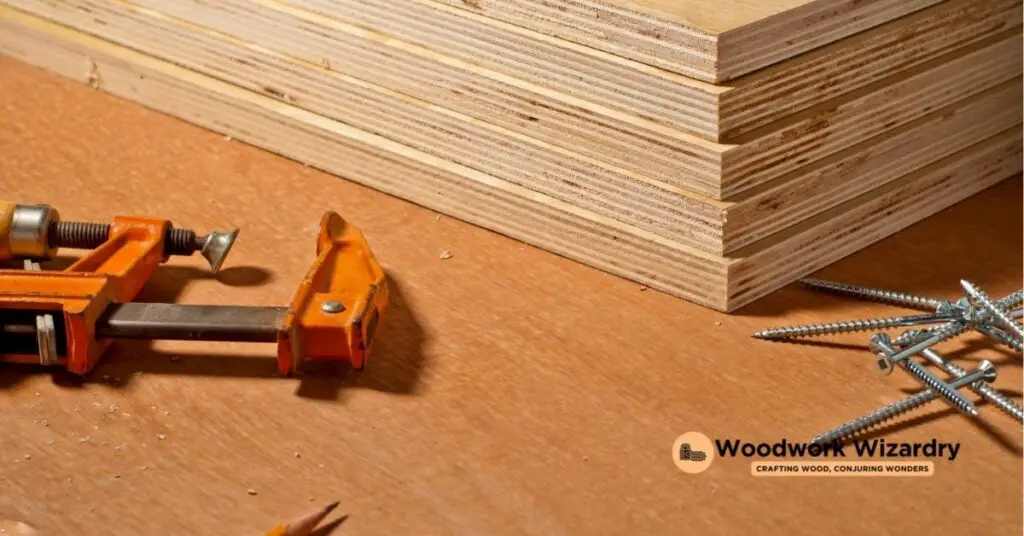
After selecting the right exterior plywood for our outdoor projects, paying attention to maintenance and care is key to ensuring its longevity. Despite its durability and resistance to moisture, exterior plywood still requires regular upkeep.
First, we need to apply a protective finish. Sealing exterior plywood with a waterproof sealant or paint not only enhances its appearance but also adds an extra layer of protection against the elements. We recommend applying the sealant shortly after installation and reapplying it every few years, depending on the level of exposure to sunlight and moisture.
Second, we should inspect the plywood regularly for signs of wear and damage, such as splitting or delamination. If we spot any damage, it’s important to repair it promptly to prevent further deterioration. For minor splits, applying wood filler can be an effective fix. For larger issues, we might need to replace the affected panel.
Third, cleaning the plywood periodically helps maintain its condition. We can gently wash the surface with a mild soap solution and water to remove dirt and grime. It’s important to avoid abrasive cleaners that might damage the finish or the wood itself.
Fourth, consider installing overhangs or awnings if the plywood is used in areas directly exposed to rain or harsh sunlight. These protective measures can significantly reduce the wear and tear caused by environmental factors.
Lastly, storing surplus exterior plywood properly ensures it remains in good condition for future projects. We should keep it off the ground, covered, and in a dry place to prevent warping and moisture damage.
By following these maintenance and care tips, our exterior plywood will continue to serve its purpose effectively, maintaining its structural integrity and aesthetic appeal for years to come.
Conclusion
We’ve walked through the essentials of choosing and maintaining exterior plywood for our outdoor projects. Remember it’s not just about picking any plywood off the shelf. It’s about considering the grade size wood type and the all-important waterproof glue that holds it all together. Once we’ve made our choice it’s up to us to keep up with maintenance. This means applying protective finishes keeping an eye out for damage and giving it a good clean now and then. By following these steps we’re not just ensuring our project lasts but also that it continues to look great year after year. Let’s make our outdoor creations not only durable but also something we can be proud of.
Related Posts:
- Ultimate Guide: Best Plywood for Shelves & Maintenance Tips
- Top Best Adhesives for Plywood: Ensure Strong Bonds for Your Projects
- Top Plywood Picks for Durable Workbenches: A Buyer’s Guide
- Top Plywood Picks for Durable & Stylish Doors: A Guide
- Top Choice: Finding the Best Plywood for Durable, Eye-Catching Signs
- Top Plywood Tools for Woodworking: A Comprehensive Guide
- Top Plywood Ideas: Transforming Interiors from Floors to Ceilings
- Understanding Exterior Plywood: Grades, Types, and Maintenance Tips

